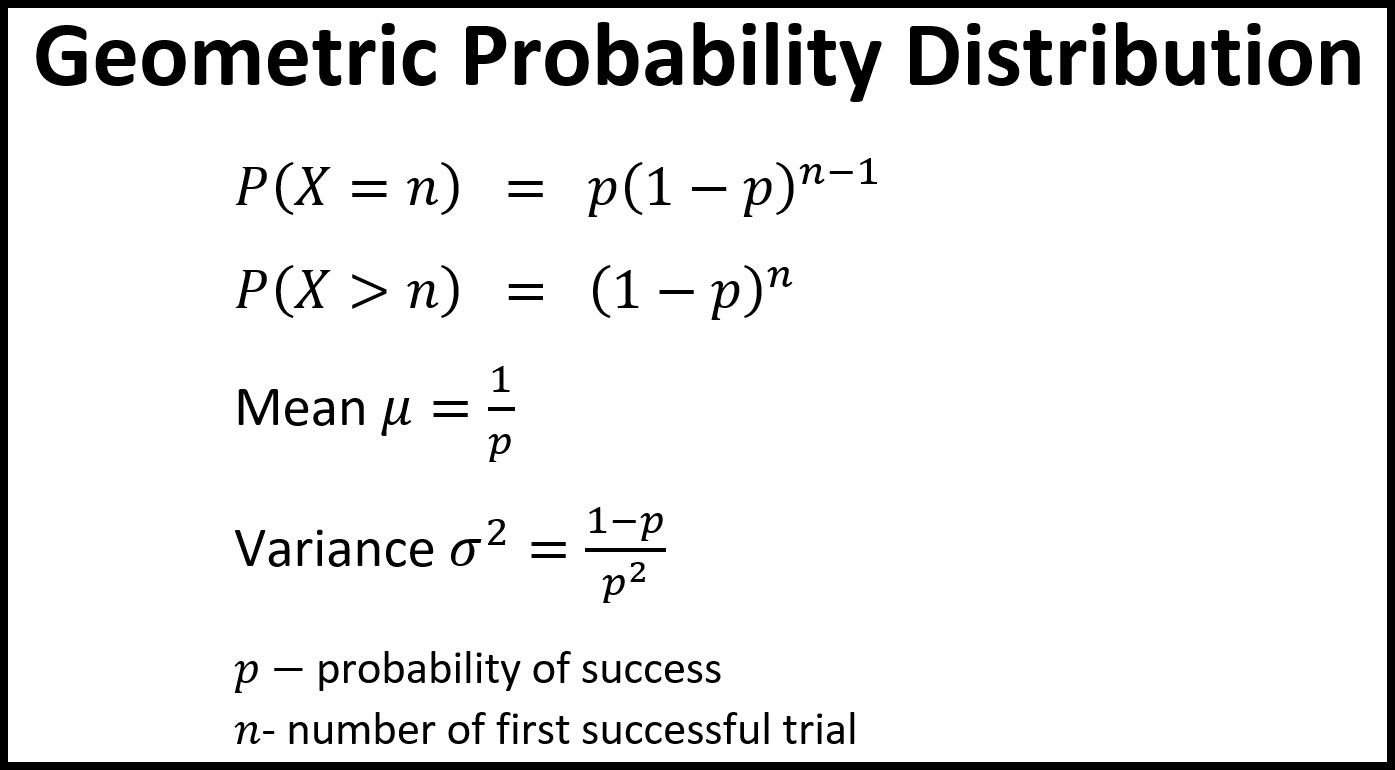
Geometric probability might sound complex, but it's a fascinating blend of geometry and chance. Imagine throwing a dart at a dartboard and wondering about the odds of hitting a specific area. That's geometric probability in action! This field helps us understand the likelihood of events in a geometric setting, like finding the probability that a randomly chosen point lies within a certain region. From calculating the chances of landing on a particular spot on a map to predicting outcomes in games, geometric probability has practical applications everywhere. Ready to dive into some intriguing facts? Let's explore 27 captivating insights about geometric probability!
What is Geometric Probability?
Geometric probability deals with the likelihood of an event occurring in a geometric setting, such as points on a line or shapes in a plane. It combines principles of geometry and probability to solve problems involving lengths, areas, and volumes.
-
Geometric probability often involves calculating the ratio of favorable outcomes to the total possible outcomes within a geometric figure.
-
It is used in various fields, including computer science, physics, and engineering, to model and solve real-world problems.
-
The concept can be traced back to the 18th century, with notable contributions from mathematicians like Buffon and Laplace.
Buffon's Needle Problem
Buffon's Needle is a classic problem in geometric probability that involves dropping a needle on a lined sheet of paper and calculating the probability of the needle crossing a line.
-
Buffon's Needle was first introduced by Georges-Louis Leclerc, Comte de Buffon, in 1777.
-
The problem provides an experimental method to estimate the value of π (pi).
-
The probability of the needle crossing a line depends on the length of the needle and the distance between the lines.
Applications in Real Life
Geometric probability isn't just a theoretical concept; it has practical applications in various fields.
-
In computer graphics, geometric probability helps in rendering realistic images by simulating light paths and shadows.
-
In telecommunications, it aids in optimizing signal coverage and reducing interference.
-
Urban planners use geometric probability to design efficient layouts for roads and public spaces.
Calculating Geometric Probability
Understanding how to calculate geometric probability is crucial for solving related problems.
-
The basic formula involves dividing the measure of the favorable region by the measure of the total region.
-
For example, to find the probability of randomly selecting a point inside a circle within a square, you divide the area of the circle by the area of the square.
-
Geometric probability can also be extended to three dimensions, involving volumes instead of areas.
Historical Contributions
Several mathematicians have made significant contributions to the development of geometric probability.
-
Pierre-Simon Laplace expanded on Buffon's work and applied geometric probability to celestial mechanics.
-
Joseph Bertrand introduced Bertrand's Paradox, which highlights the complexities and counterintuitive nature of geometric probability.
-
Modern mathematicians continue to explore and refine the principles of geometric probability, applying them to new and emerging fields.
Challenges and Paradoxes
Geometric probability can sometimes lead to surprising and counterintuitive results, known as paradoxes.
-
Bertrand's Paradox demonstrates that different methods of defining random chords in a circle can lead to different probabilities.
-
These paradoxes highlight the importance of carefully defining the problem and the method of randomization.
-
Understanding these challenges helps in developing more accurate models and solutions.
Geometric Probability in Education
Teaching geometric probability helps students develop critical thinking and problem-solving skills.
-
It provides a practical application of geometry and probability concepts learned in earlier grades.
-
Students can conduct experiments, such as Buffon's Needle, to see geometric probability in action.
-
Incorporating real-world examples makes the subject more engaging and relatable.
Advanced Topics in Geometric Probability
For those interested in delving deeper, there are advanced topics within geometric probability.
-
Stochastic geometry studies random geometric structures and their properties.
-
Integral geometry involves integrating over geometric objects to solve probability problems.
-
These advanced topics have applications in fields like materials science, biology, and artificial intelligence.
Fun Facts and Trivia
Geometric probability has some interesting and fun aspects that make it a fascinating subject.
-
The Monte Carlo method, a computational algorithm that relies on random sampling, is rooted in geometric probability.
-
The concept of "random walks," used in physics and finance, is another application of geometric probability.
-
Even games and puzzles, like dartboards and certain board games, can be analyzed using geometric probability principles.
The Final Word on Geometric Probability
Geometric probability blends math with real-world scenarios, making it a fascinating topic. From calculating the likelihood of hitting a target to understanding random points on a line, it’s all about spatial relationships. This branch of probability helps in various fields like engineering, computer science, and even everyday decision-making.
Understanding geometric probability can sharpen problem-solving skills and offer new perspectives on seemingly simple tasks. Whether you’re a student, a professional, or just curious, diving into this subject can be both fun and enlightening.
Remember, the key lies in visualizing and breaking down complex problems into manageable parts. So next time you’re faced with a probability puzzle, think geometrically. It might just make the solution clearer and more intuitive. Happy calculating!
Was this page helpful?
Our commitment to delivering trustworthy and engaging content is at the heart of what we do. Each fact on our site is contributed by real users like you, bringing a wealth of diverse insights and information. To ensure the highest standards of accuracy and reliability, our dedicated editors meticulously review each submission. This process guarantees that the facts we share are not only fascinating but also credible. Trust in our commitment to quality and authenticity as you explore and learn with us.
